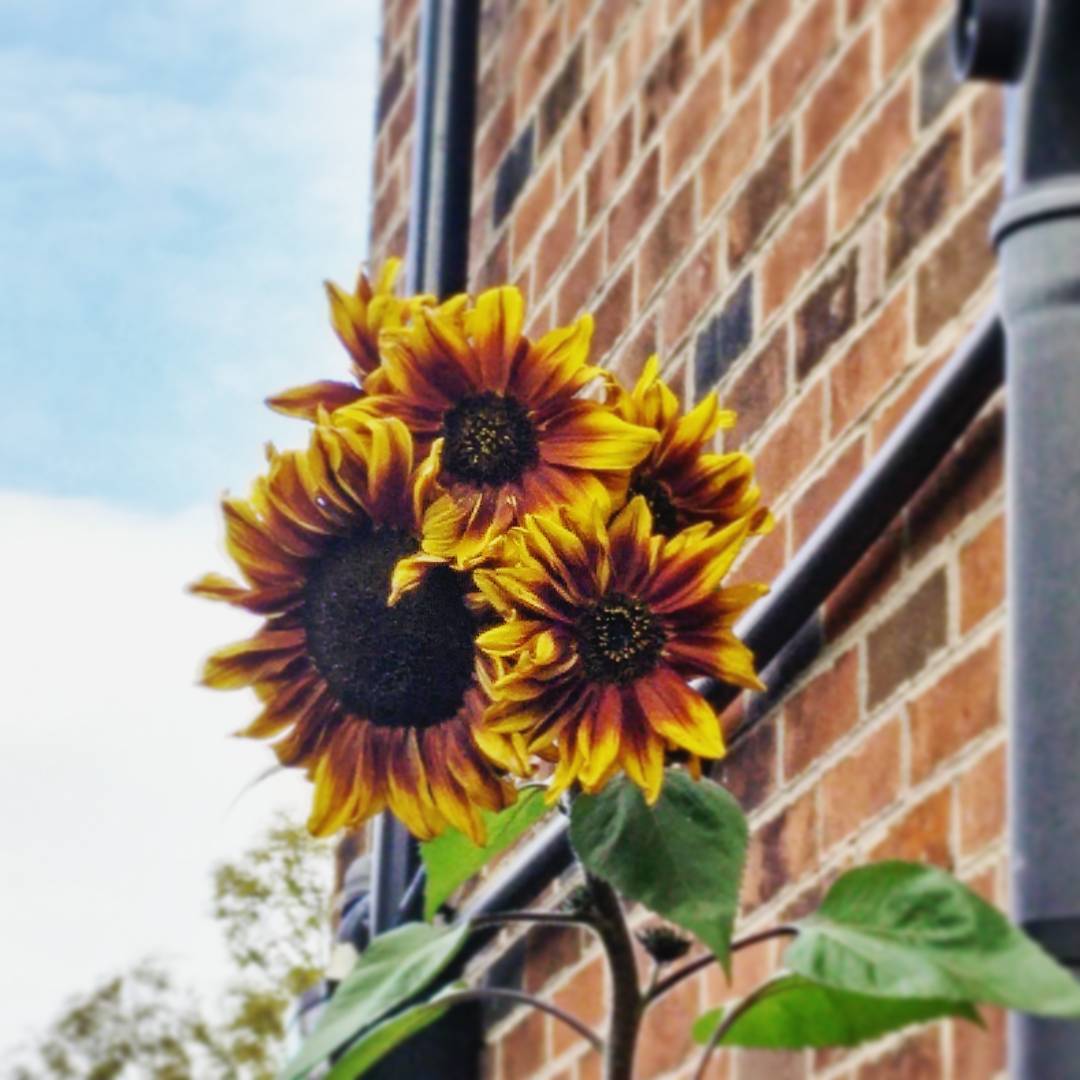Taking care of the environment has never felt more important than it does today. With growing concern over what is happening to ecosystems all over the world, more and more people are trying to find ways to help at home. From recycling to building eco-homes, there are a lot of things that can be done, and one of those things is creating a wildlife garden. If you’re interested in doing your bit for the environment, here are some tips on how you can turn your garden into a wildlife haven.

Wildflowers and Hedges
Any flower in your garden is a good thing, but certain types might encourage wildlife native to your area more than others. Growing wildflowers at home are not only a great way to invite more bees, bugs, and insects into your garden, but they can also create a beautiful outdoor space you can be proud of. Ox-eye daisies are great choices and will provide a playful tone to your garden; bellflowers and lily of the valley are also great additions. You should also think about growing hedges around your garden’s border or use them to split your garden into sections, and birds and other animals like to nest in them and find protection there.
Ponds
If you have the space to put a pond in your garden, this could be another brilliant way to help the local wildlife. Position the pond in a place where the sun will hit it, as the warmth will make it more inviting for tadpoles, frogs, and other water insects. Remember, you will need a pond liner and a pump before you get started, and you can find these things online at water-garden.co.uk. Once you have filled your pond, wait 1-2 weeks before you start to introduce any plant life to it, and choose oxygenating pond weeds to help keep the environment balanced.
Homes for Animals
Animals will nest and burrow if they want to settle, but there are things you can do in your garden to make them feel more welcome. You can purchase artificial shelters like bird boxes and hedgehog homes that they can use, or simply make sure you’re creating the right kind of shelter for them naturally. Climbing plants against your garden walls are a good place to start, as well as adding more bushes and trees for birds to nest in. Leaving deadwood in areas will also be wonderful for insects to turn into their homes.
Separate Your Garden into Sections
As much as you want your garden to be a haven for wildlife, you’re likely to want to sit out and enjoy it yourself on occasion. To minimize the disturbance of your wildlife habitats, separate your garden into sections. One part can be for you to enjoy, such as a patio with a BBQ or a summerhouse, the other part can be left for the wildlife where you might occasionally go to observe or to cultivate.
Sharing your garden with the local wildlife is a great step to helping the environment, but it will also create a gorgeous, tranquil haven for you to enjoy, too.
